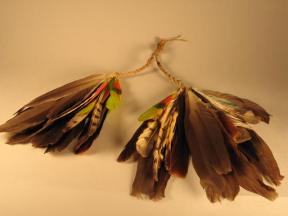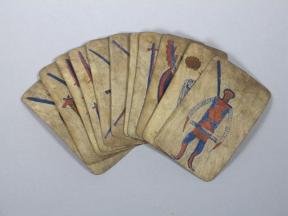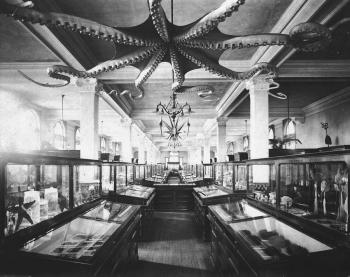Chamacoco Collection
The Museum's Chamacoco Collection consists of 70 objects, such as this belt ornament made of tropical bird feathers, and represent items both for everyday use and for ceremonies. Collected in 1925 by the Museum of the American Indian in New York, they came to the Milwaukee Public Museum that same year. The Chamacoco live in the Gran Chaco region of northwest Paraguay. The Chamacoco today alternate between their traditional hunting and gathering and more recent light agriculture, craftsmanship, or labor. Their population has dwindled from several thousand to approximately 1,000 people today, and few museums in the United States have such collections.




 Margaretha Jenssen
Margaretha Jenssen Although it was officially chartered in 1882, its existence can be traced back to 1851, to the founding of the German-English Academy in Milwaukee. The Academy's principal, Peter Engelmann, encouraged student field trips, many of which collected various specimens—organic, geological, and archaeological in nature—which were kept at the Academy.
Although it was officially chartered in 1882, its existence can be traced back to 1851, to the founding of the German-English Academy in Milwaukee. The Academy's principal, Peter Engelmann, encouraged student field trips, many of which collected various specimens—organic, geological, and archaeological in nature—which were kept at the Academy.